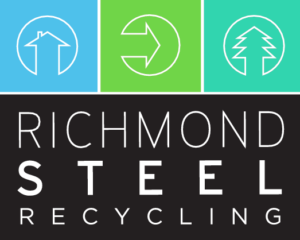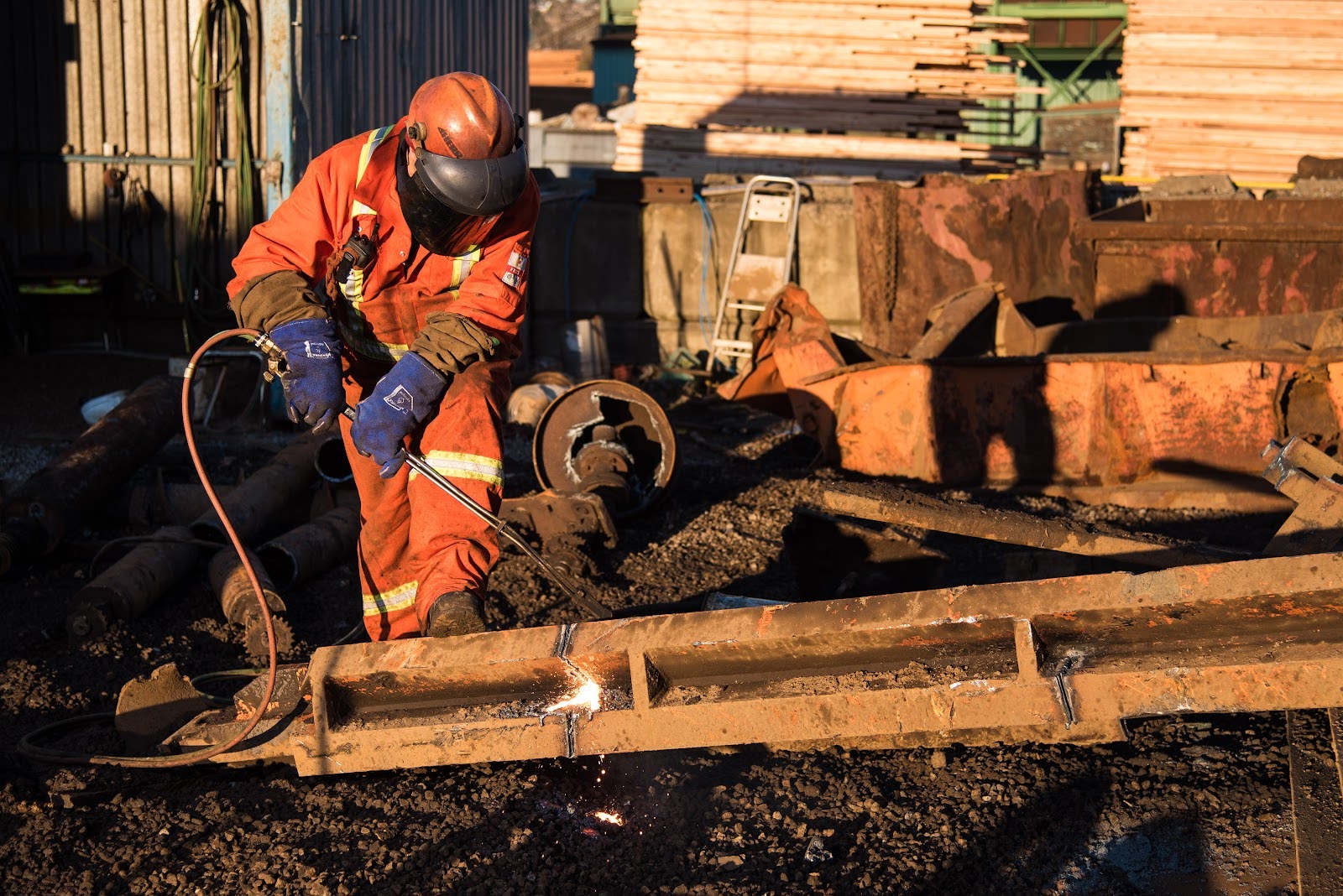Every demolition site is unique. Sometimes, even twin buildings with the exact same layout will behave and fall in different ways, as their structure or ground conditions might differ slightly. Given this, safe methodologies based on experience can be employed in similar settings.
Understanding the common hazards present in demolition sites and how to prepare in advance to deal with them can greatly reduce risks for both workers and companies.
5 Common Health & Safety Risks in Demolition
1. Noise and Vibrations
There’s no way around it: noise and vibration are constants when you work at a demolition site, and in a much less predictable way than in other construction or industrial settings.
Constant exposure to excessive noise without the proper protection equipment can cause temporary or permanent loss of hearing, as well as increased levels of stress. It can also limit communications between the crew on site, making it harder to identify other hazardous situations.
2. Hazardous Materials
Hazardous materials such as asbestos, lead, and mercury are still commonplace in older buildings – which makes them a serious concern for an everyday demolition crew. Exposure to these materials can cause heart issues, lung issues, cancer, reproductive problems, and nervous system issues.
The very nature of demolition work can turn otherwise harmless everyday objects into hazards: broken fluorescent tubes for example, can expose you to mercury.
Even your everyday building materials like wood, concrete, insulation, and drywall can become hazardous in a demolition setting, as the constant breathing in of dust particles can cause serious respiratory problems.
3. Electrical Hazards
During any demolition job, there’s a chance of encountering live electrical wires and/or systems that may not have been appropriately marked or deactivated. Electrocution due to touching live electrical wires can cause severe injury or even death, especially when water is present – which is not uncommon for demolition sites.
Exposed live electrical wires can also create sparks that, if near flammable materials, might trigger fires and explosions.
4. Working at High Heights
Risk of falls from compromised or unstable structures, scaffolding, and ladders, are among the leading causes of accidents on demolition sites.
Buildings marked for demolition are, in many cases, not structurally sound even before the process starts, which greatly increases the risk of falls and collapses.
The severe injuries or fatalities that can result from falls, emphasizing the critical need for caution.
Injuries resulting from falls from high heights are frequently severe, and sometimes fatal. Caution and adequate equipment are crucial to avoid fatalities when working at high heights.
5. Site Cleanliness
Debris, dust, and unorganized materials can lead to accidents, such as slips, trips, falls, as well as more serious injuries. Contaminated debris, if not dealt with properly, can spread hazardous dust particles and cause respiratory issues.
Keeping a tidy and clean job site goes beyond mere organization: keeping exit routes unblocked, and improving visibility by removing clutter and debris can be crucial in avoiding fatalities in the case of an emergency.
Safety Precautions On-Site of a Demolition
Having a daily schedule of reviewing plans and hazards can help you and your crew to stay on top of your safety measures.
- Daily on the project, review the demolition plan, and risk and environmental assessments.
- For each task planned for the day, complete a Field Level Hazard Assessment.
- Identify specific permits – such as hot work permits for torch cutting, work at height permits, and confined space entry permits – that may be required depending on each task planned for the day.
- At the end of the day, discuss with the team what went well, what did not go well, and what needs to be done differently the following day, and plan the work ahead.
- During the project, housekeeping and dust control will be a daily task to control any environmental impact.
Richmond Steel’s Pre-Demolition and Site Preparation Checklist
Step 1: Pre-Bid Site Inspection
- Scoping and estimation of the job through a pre-bid site inspection
- During this walkthrough, we estimate the most effective and safe demolition process for the structure at hand.
- If structural drawings are available, we use this information to estimate the tonnage of recyclable material and determine where to make cuts to control the fall of each component.
- If drawings are not available, we will need to take measurements in the field and assess the weights of beams and floors.
Step 2: Hazardous Material Inspection
- Required for any structure to be demolished to identify any hygiene or environmental risks from the building.
- Materials such as asbestos, lead paint, silica, PCBs, and mercury will be identified by an industrial hygienist, and samples will be sent to a lab to confirm their presence. This information will also determine if any abatement is necessary before the demolition work can commence.
Step 3: Obtaining Safety Data Sheets (SDS)
- Safety Data Sheets (SDS) for any chemicals used on-site.
- From these documents, special Personal Protective Equipment (PPE) may be required when performing specific tasks, such as purging tanks and pipes or removing oils and other fluids from equipment.
Step 4: Create Demolition Plan
- The Demolition Plan explains the demolition process step by step and highlights the methods and what type of equipment and personnel will be required for each step.
- For complex structures or selective demolition, a structural engineer may be required to review the plan to ensure it is safe to execute.
Step 5: Create Project Safety Risk Assessment and Environmental Risk Assessment Documents
- These documents examine all possible impacts the project may have from safety and environmental perspectives, ranking their severity and likelihood.
- This is a team exercise that pushes the demolition team to delve into every step of the plan, identify what can go wrong, and how we can mitigate or eliminate the risks.
- Often, the demolition plan will have to be revised following this exercise.
Step 6: Create a Site-Specific Safety Plan
- The safety risk assessment helps us create a site-specific safety plan
- What does this include?
- Emergency response plans
- Type of PPE required
- Training requirements
- Task-specific safe work procedures
- Fire control and prevention
Step 7: Confirm Project Scope and Project Planning
- Then we move to project planning with the project scope, budget, Gantt chart, site layout, transportation plan, stakeholder communication plan, community notification and engagement, traffic management plan, utilities coordination, historical preservation considerations, post-demolition site restoration, and recycling and waste management plan.
Step 8: Additional Tasks to Execute Pre-Project
- Prior to the project’s start, the crew goes through project-specific training related to the site.
- All utilities are shut down before the project starts. Overhead power lines are marked to ensure visibility.
Hire a Trusted, Safety-Focused Demolition Expert for Your Project
Identifying and preparing for possible hazards in a demolition job is crucial to ensure crew safety and optimal work efficiency. Working with a professional, trustworthy demolition expert can save you time, money, and headaches in the long run.
At Richmond Steel Recycling, we employ tried and trusted methods to ensure safety and minimize hazards that can cause accidents, while staying within budget and on time. Contact us today to discuss your demolition project.

